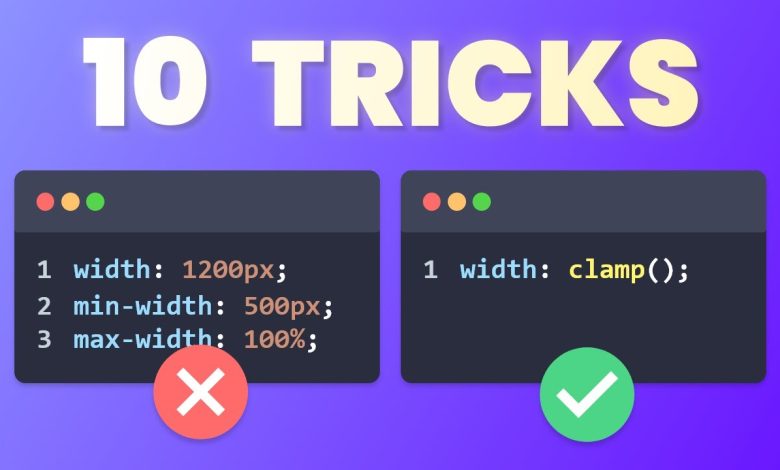Advanced CSS Tricks Every Developer Should Know

CSS has evolved far beyond just styling simple web pages. With modern features, developers can create responsive layouts, animations, visual effects, and even interactive components without relying heavily on JavaScript.
In this article, we’ll dive into advanced CSS techniques that every web developer should know to build faster, more engaging, and professional-looking websites.
1. CSS Grid Mastery
- Why it matters: Grid allows developers to create complex, responsive layouts with fewer lines of code.
- Example:
- Benefit: Perfect for dynamic layouts that adapt to screen size.
2. CSS Variables (Custom Properties)
- Definition: Variables in CSS that improve reusability and maintainability.
- Example:
- Benefit: Change the theme or color scheme across an entire site easily.
3. Advanced Pseudo-Classes and Pseudo-Elements
:nth-child(),:not(),::before,::after- Example: Create alternating row colors:
4. CSS Transitions and Animations
- Transitions: Smooth changes on hover or focus.
- Animations: Keyframes for more advanced effects.
5. Flexbox Advanced Techniques
- Align items perfectly with minimal code.
- Example:
- Benefit: Responsive and simple layout control.
6. CSS Shapes and Clip-Path
- Create unique layouts and effects.
- Benefit: Custom shapes without heavy graphics editing.
7. CSS Filters
- Apply effects like blur, grayscale, and brightness.
- Benefit: Enhance images and UI elements directly with CSS.
8. Responsive Typography with clamp()
-
Modern CSS allows fluid, responsive font sizes.
-
Benefit: Scales text across devices seamlessly.
9. Dark Mode with CSS
- Use
prefers-color-schememedia query.
- Benefit: Support system-wide dark mode effortlessly.
10. CSS Subgrid (Next-Gen Layouts)
- Allows child elements to inherit grid structure from parent.
- Supported in modern browsers.
- Benefit: More powerful and consistent layouts.
Conclusion
Advanced CSS techniques empower developers to create modern, responsive, and visually impressive websites without relying on heavy JavaScript or frameworks. By mastering grid, flexbox, animations, variables, and modern properties, you can significantly improve performance, maintainability, and user experience.
In today’s web development world, strong CSS skills can make the difference between a basic website and a polished, professional product.

